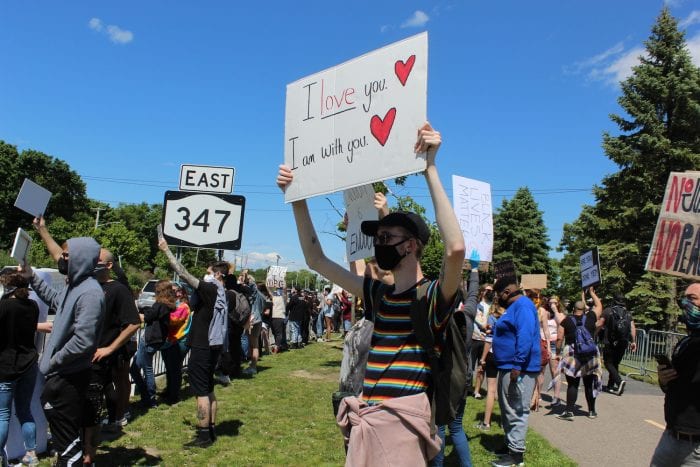By Leah S. Dunaief

When General Motors announced last week that the company would aim to sell only electric cars and trucks by 2035, it shook up the industry. There are already electric cars on the road, although they number fewer than one percent.
Tesla, the electric car maker, has been much in the news lately since Wall Street values the company at more than ten times that of General Motors, and indeed, more than Toyota, Volkswagen, Ford and General Motors combined.
Nonetheless, this was a sharp turn for G.M. And as the largest automaker in the United States and the fourth largest in the world, what G.M. does affects everyone else down the automotive line.
It is no coincidence that the announcement came only a day after President Biden signed an executive order directing his administration to fight the problem of climate change. The Environmental Protection Agency is developing tough new tailpipe pollution regulations to control the largest source of planet-warming emissions in the short term. G.M. is aligning itself with the new administration’s goal in its drive to electric power. Furthermore, just three months ago, China ordered that most vehicles sold there must be electric by 2035. China is G.M.’s and the world’s largest market.
So all roads would seem to be pointing to a preponderance of electric cars by 2035, at least as of the present. But there remains a significant hurdle in the production of electric cars. While countries can certainly create charging stations along the roads in the same fashion as we now have gas stations, and President Biden has asked for 500,000 public charger stations to be built by 2030, the challenge is the batteries required by the cars.
The battery packs have to be big, and right now to be big means to be expensive. Gasoline engines for equivalent cars cost less than half as much. China is the leading producer of these batteries, and of electric motors, which is not surprising since Chinese leadership has long viewed its dependence on oil imports as a considerable vulnerability.
Therefore, major auto companies, like Daimler and Toyota, are already manufacturing their electric cars in China. So will many of the Ford Mustang Mach-E models be made there. Tesla started making cars in Shanghai over a year ago to sell in China.
So, folks, it would seem that in our not-too-distant future, we are destined to own electric cars. G.M. is planning to spend $27 billion to introduce 30 electric models by 2025, just a short generation away for those buying new cars this year. They are building a plant in Ohio to make batteries for those vehicles and to develop better batteries. G.M. now feels it could make electric vehicles that would cost no more than gasoline ones. And when G.M. in October offered its Hummer electric pick-up truck, enough orders had come in within a day to fill the entire year’s planned production.
The Chinese have cleverly offered their huge consumer market in exchange for technical information. Through joint ventures with companies of other nations, along with their own considerable research, they have become the leader in battery development. Further rounding out the picture for the urgency of electric vehicles is the ban by Britain, Ireland and the Netherlands on new gasoline and diesel cars as of 2030.
Utility companies will have to improve their output by as much as 25 percent, which they can do at considerable expense. Guess who will be paying the tab! But the increased rates should be offset by the savings in gasoline, at least that would be the plan.
Power plants would also have to engage in some sort of rotation so that not everyone can charge their vehicles at the same time. They would also help the global climate change situation by using more solar and wind instead of coal and natural gas, in short by cleaning up the power grid.










